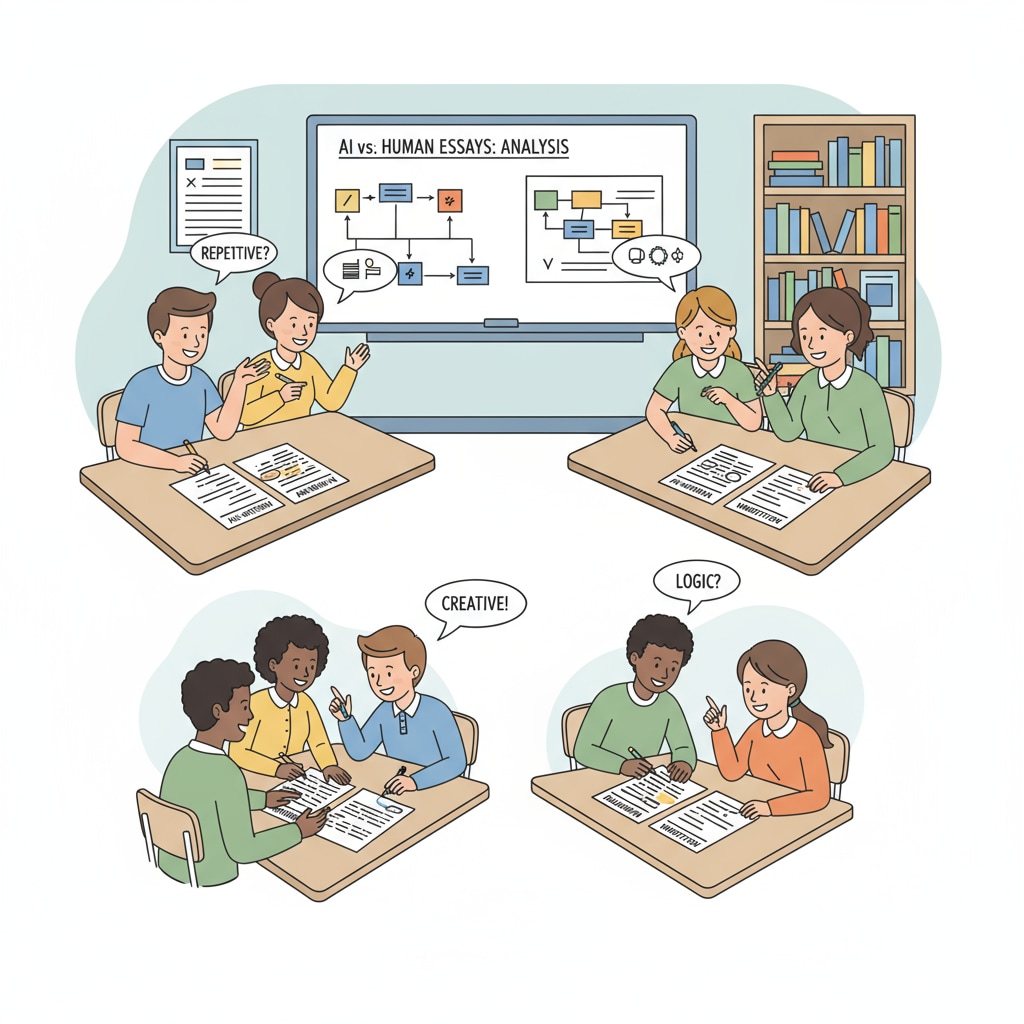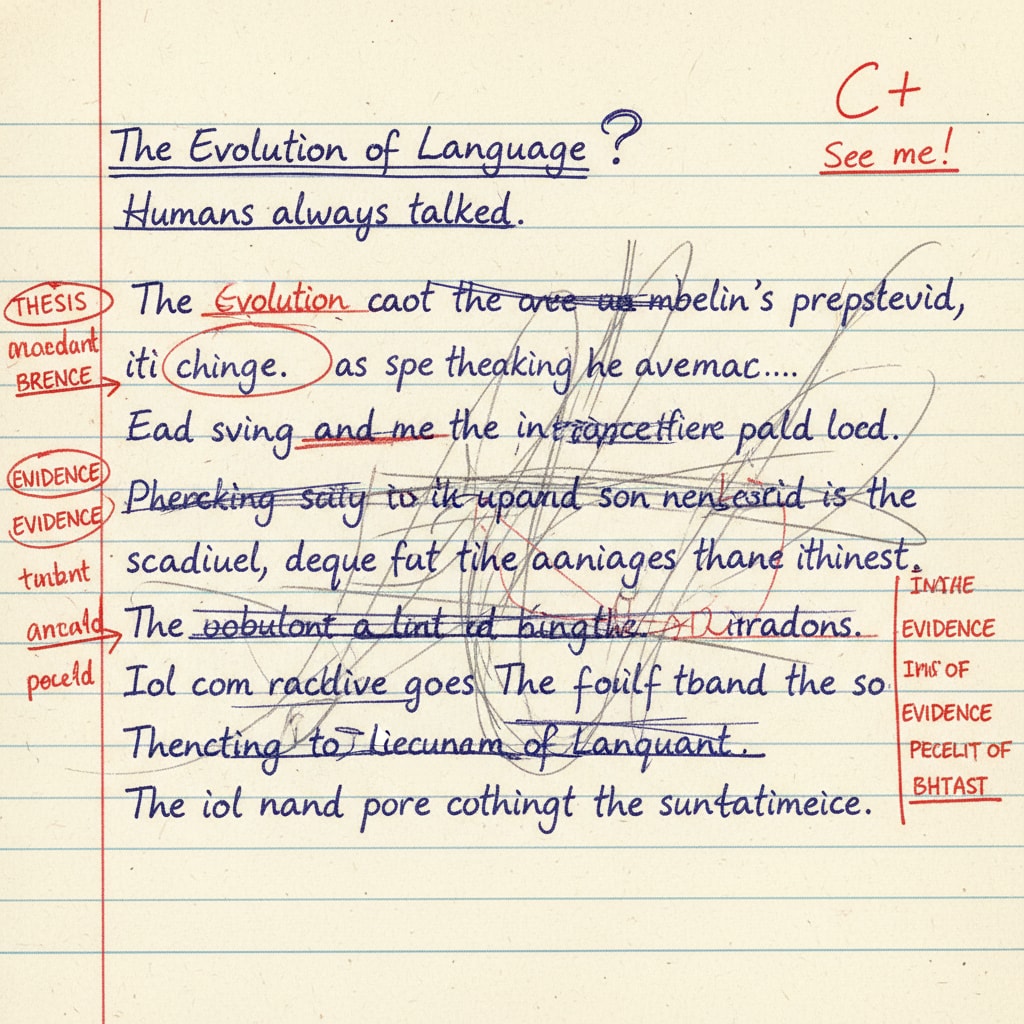In the age of rapid technological advancement, the concepts of “AI writing, authenticity, and writing characteristics” have become highly relevant in the field of education. The widespread use of AI writing tools has presented a new challenge to K12 education. How can educators teach students to recognize and value the unique qualities of human writing? This article delves into an innovative approach to address this issue.

The Rise of AI Writing and Its Impact on Education
AI writing tools have emerged as powerful resources in recent years. They can generate text on various topics quickly and seemingly proficiently. However, this has raised concerns in education. For example, students might be tempted to use these tools to complete assignments, undermining the development of their own writing skills. According to Wikipedia’s page on Artificial Intelligence in Education, the integration of AI in education has both positive and negative aspects. On one hand, it can assist in providing writing prompts and grammar checks, but on the other hand, it blurs the line between real and artificial writing.
Understanding the Characteristics of Authentic Human Writing
Authentic human writing is rich in individuality. It reflects the writer’s thoughts, emotions, and unique perspectives. When we analyze human-written works, we notice elements such as personal anecdotes, distinct language styles, and inconsistent but creative use of grammar. For instance, a student’s essay might contain a passionate description of a personal experience, which is a clear indication of authenticity. In contrast, AI writing often follows a more formulaic pattern. As described on Britannica’s page on Writing, writing is a form of self-expression, and human writing carries the mark of the writer’s soul.

Another important aspect is the depth of analysis. Human writers tend to engage in in-depth thinking, presenting complex arguments and interpretations. This depth is often lacking in AI-generated text, which may provide surface-level information. By teaching students to look for these characteristics, we can help them distinguish between real and AI-generated writing.
The Innovative Teaching Method: Comparative Analysis
One effective teaching strategy is to use comparative analysis. Educators can present students with pairs of texts – one written by an AI and the other by a human. By guiding students to compare the two, they can start to identify the differences. For example, in terms of vocabulary, human writing may include more idiomatic expressions and less common words, while AI writing might rely on more common and standard vocabulary. In addition, the flow of ideas in human writing can be more organic, with sudden jumps or digressions that show the natural thought process. Through this hands-on approach, students can develop their critical thinking skills and become more discerning readers and writers.
Readability guidance: This teaching method simplifies the complex task of discerning AI and human writing. By using a step-by-step comparison process, students can easily understand the differences. It also encourages them to think independently and express their own opinions, which are essential for their writing development.


